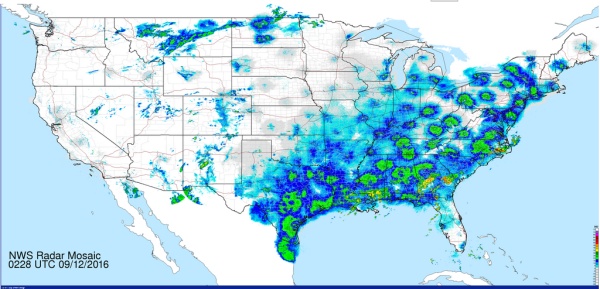
Though my husband and I have visited Acadia National Park every September since 1983 (including this month) I see that I’ve never shared my photos at Outside My Window. Here’s a selection from the last two years showing the park’s stunning beauty.
Founded in 1916, Acadia National Park now includes land on several islands and one peninsula. These photos were taken during hikes and walks on Mount Desert Island, the largest land mass of the park.
The area was carved by glaciers and contains many lakes. Jordan Pond, above, is the size of a lake and extremely photogenic.


There are scenic views from the mountaintop hiking trails but humidity usually dampens my photos.


Northeast Harbor (the town we stay in) is tucked between two mountains. It was named for its safe anchorage during Nor’easter storms.

A short walk from this view is the Asticou Azalea Garden.

Asticou’s sand garden mimics islands and the sea. The large rocks are islands; the sand ripples are waves. It’s a very peaceful place.

Much of Acadia’s Mount Desert acreage was donated by John D. Rockefeller, Jr. Though he made his money in oil, he did not want cars on the island so he built scenic carriage paths, especially near his home in Seal Harbor. The bridges along these carriage paths are beautiful in their own right. This one crosses Jordan Stream on land recently donated by David Rockefeller that’s open to hiking and horses.


Acadia’s hiking trails are designed for scenic beauty. Strewn with pine needles, this trail passes between two rock outcrops.

The Ship Harbor Trail treads pink granite at the coast.

French explorer Champlain named the island of barren mountains “Isle des Monts Desert” (Mount Desert Island). Sargent and Cadillac shoulder above the rest, easily visible from the sea.

Every year as we leave the island we say to the mountains, “See you next year.”
(photos by Kate St.John)















